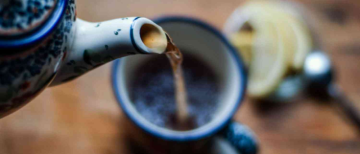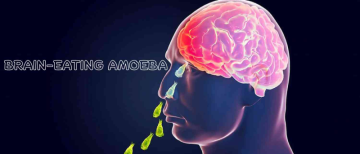When you go on a diet, you typically make changes to your eating habits in order to achieve a specific goal, such as losing weight, improving health, or increasing energy levels. This may involve reducing your intake of certain types of foods, increasing your intake of others, and/or following a structured meal plan. Some people may also incorporate physical activity into their diet plan in order to increase calorie expenditure and further support weight loss.

Here are some symptoms of discomfort when you go on a diet:
- Headaches
- Cravings for unhealthy foods
- Irritability
- Fatigue
- Difficulty concentrating
- Mood swings
- Constipation or diarrhea
- Insomnia or disrupted sleep patterns
- Decreased energy levels
- Muscle aches or cramps
- Increased hunger or appetite
- Difficulty sticking to the diet plan
- Difficulty with exercise or physical activity
Here are some ways to tackle these symptoms and stay on track:
- Decrease caffeine intake gradually: If you are used to consuming a lot of caffeine, suddenly cutting it out can cause withdrawal symptoms such as headache, irritability, and fatigue. To avoid this, try decreasing your caffeine intake gradually over a few days or weeks.
- Drink plenty of water: Dehydration can cause many of the same symptoms as withdrawal, so make sure to drink plenty of water to stay hydrated and flush out toxins.
- Eat protein-rich foods: Protein can help reduce cravings and stabilize blood sugar levels, which can help alleviate withdrawal symptoms.
- Get plenty of sleep: Lack of sleep can increase cravings and exacerbate withdrawal symptoms, so make sure to get plenty of rest.
- Seek support: Going on a diet can be tough, especially if you are used to certain foods and habits. Seeking support from friends, family, or a support group can help you stay on track and cope with any withdrawal symptoms.
- Find healthy alternatives: Instead of reaching for unhealthy foods when you are craving them, try finding healthy alternatives that will satisfy your cravings without derailing your diet. This could include things like fruit for sweet cravings or vegetables with hummus for savory cravings.
- Exercise: Regular exercise can help reduce cravings and improve mood, which can help alleviate withdrawal symptoms.
- Stay positive: Remember that any temporary withdrawal symptoms are worth it in the long run for the health benefits of going on a diet. Keep a positive attitude and remind yourself of your goals.

It is important to note that going on a diet should be done in a healthy and sustainable manner, and not involve extreme or restrictive measures.






















